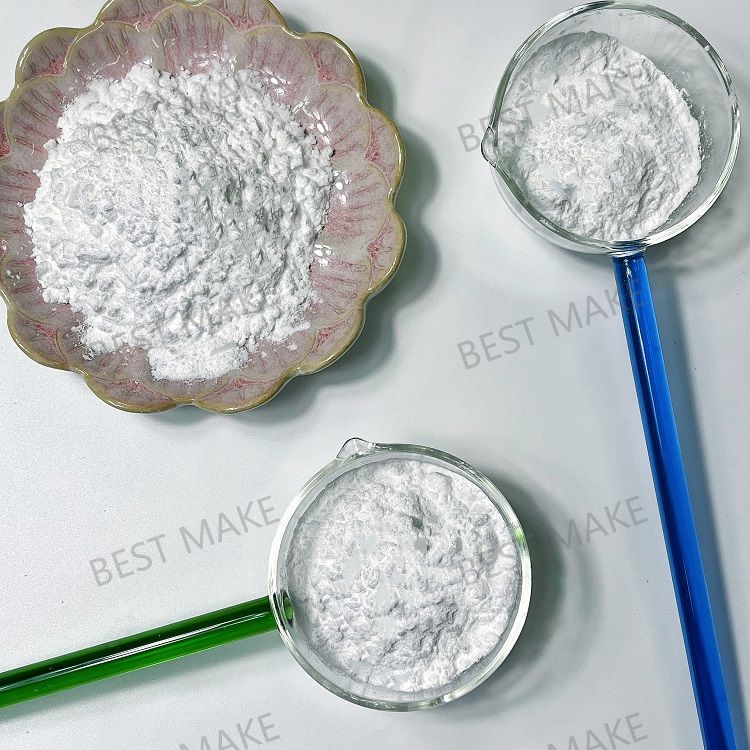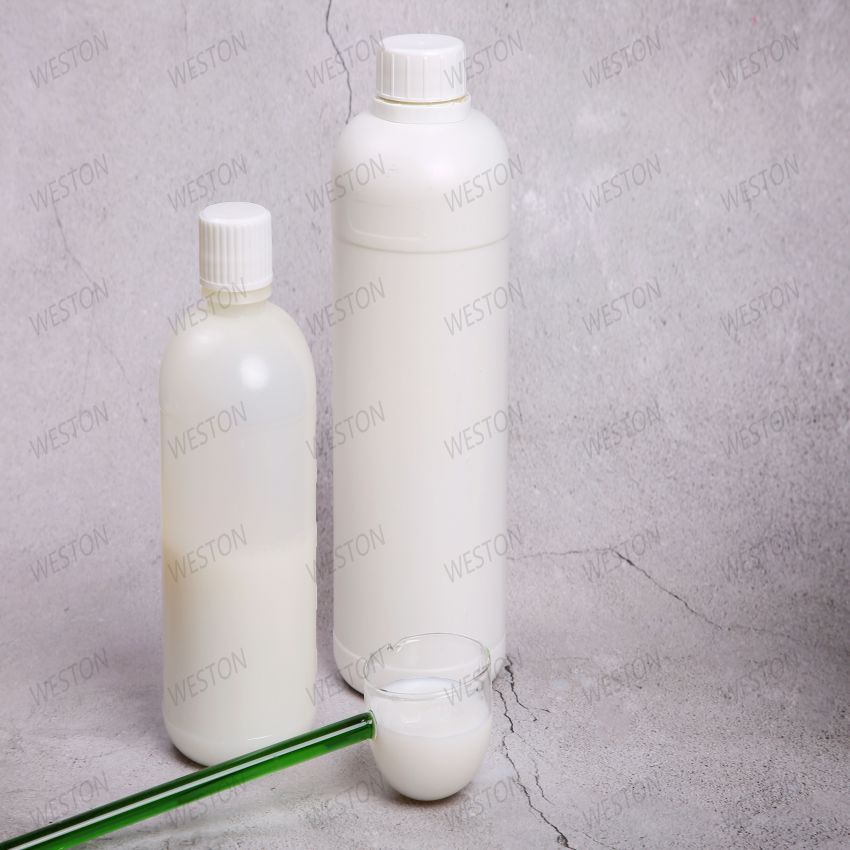-
Categories
-
Pharmaceutical Intermediates
-
Active Pharmaceutical Ingredients
-
Food Additives
- Industrial Coatings
- Agrochemicals
- Dyes and Pigments
- Surfactant
- Flavors and Fragrances
- Chemical Reagents
- Catalyst and Auxiliary
- Natural Products
- Inorganic Chemistry
-
Organic Chemistry
-
Biochemical Engineering
- Analytical Chemistry
- Cosmetic Ingredient
-
Pharmaceutical Intermediates
Promotion
ECHEMI Mall
Wholesale
Weekly Price
Exhibition
News
-
Trade Service
2) Solid phase extraction (SPE)
A.
Purification commonly used barbiturates have HLB SPE column and C 18 is like
Wang et al.
Zhao et al.
B.
Benzodiazepine class of drugs includes SPE purification column C 18 is , an HLB, etc.
Wang Liping and others analyzed the benzodiazepine sedatives in pork.
Borrey et al.
Lee et al.
C.
Commonly used fillers for SPE purification of phenothiazines are MCX, diatomaceous earth, HLB, C18 and basic alumina
Cheng et al.
Holland et al
Li Chunfeng and others established a residual analysis method for five phenothiazine drugs in aquatic products, including chlorpromazine, acepromazine, propionylpromazine, promethazine, and xylazine
Lu Ping determined the chlorpromazine in pig liver and purified it with a C 18 column
After Hong Yueling and others used acetonitrile to extract chlorpromazine from pork and shrimp, the extract was evaporated to dryness and the residue was dissolved in 2 mL of methanol, extracted and purified by an overalkaline alumina column, and the effluent was collected for direct determination.
D.
Butyrylbenzenes
Butyrophenone drugs are alkaline and are often purified by ion exchange columns
.
Adam et al.
determined azaperone and azaperanol in pig liver.
The acetonitrile extract was diluted with sodium chloride buffer, purified by BondElut Certify cation exchange SPE column, washed with 0.
1% acetic acid, methanol, and 2%.
Ammonia-ethyl acetate eluted
.
The LOD of the method was 10 μg/kg, and the recoveries were 88.
2% and 91.
2%, respectively
.
Cerkvenik-Flajs et al.
determined azaperone and azaperanol in pig kidneys.
The acetonitrile extract was acidified with acetic acid, and then purified on the MCX solid phase extraction column, washed with water and methanol, respectively, with triethylamine-methanol (5+95 , V/v) elution
.
The method recoveries were 88.
2% and 91.
2%, respectively; the CCa of azaperone and azaperanol were 1.
1ug/kg and 1.
2ug/kg, respectively; the LOQ was 5μg/kg and 10μg/kg, respectively
.
E.
Various types
When Zhu Jian et al.
analyzed the residues of diazepam and chlorpromazine in pork, 20% sodium chloride aqueous solution was added to the acetonitrile extract, and the pH was adjusted to 4.
8~5.
0 with 0.
01mol/L sulfuric acid, followed by HLB purification, and 15mL acid Acetonitrile elutes
.
The average recovery rate of diazepam in pig kidney is 76.
7%-93.
4%, the average recovery rate of chlorpromazine is 99.
4%-101.
6%; the average recovery rate of diazepam in pork is 80.
1%-85.
2%, chlorpromazine The average recovery rate is 95.
5%-96.
4%
.
Delahaut et al.
determined the residues of phenothiazines (chlorpromazine, acepromazine, propionylpromazine) and butyrylbenzenes (azaperone and azaperol) in pig muscle and kidney
.
The acetonitrile extract was diluted with 10% sodium chloride solution, passed through the HLB column, washed with 0.
01 mol/L sulfuric acid solution, and eluted with 2 mL of acetonitrile for purification
.
The recovery rates of the methods are all greater than 83.
3%
.
Zhang et al.
purified with an amino column and established 11 sedatives (phenobarbital, estazolam, midazolam, diazepam, nitrazepam, defluphenazine, chlorpromazine, etc.
) in animal tissues.
Methods for the analysis of residues of 30 drugs including acepromazine, haloperidol, xylazine, azaperol)
.
The acetonitrile extracts of pig, bovine kidney, liver and muscle were blow-dried and dissolved in 0.
5mL methanol, purified on an amino column, without elution, directly used 5mL methanol-acetone (1+1, v/v) and 5mL acetone Eluted
.
The recovery rate of 11 sedative drugs in pig muscle, kidney and liver is between 76.
4% and 118.
6%, CV is between 2.
2% and 19.
9%, and LOQ is between 0.
5 and 2.
0 μg/kg
.
By comparing the purification effect of C18, HLB and amino column, it shows that the amino column is more suitable
.
Purification with C 18 and HLB, the recovery rates of chlorpromazine, fluorophenothiazine, and diazepam are all less than 10%
.
Schuh et al.
described an analysis method of 8 veterinary tranquilizers (including haloperidol, chlorpromazine, and xylazine) in animal foods (such as meat and offal)
.
It was extracted with acetonitrile, degreased with n-hexane, purified with MCXSPE column (6 mL, 500 mg), and finally extracted with n-hexane under alkaline conditions.
The extract was analyzed by LC-MS/MS
.
This method is used to determine the sedative residues in bovine and pig liver spiked samples.
The LOD is 0.
1-0.
5 μg/kg, and CCβ is better than the detection level of 10-50 μg/kg recommended by EU reference laboratories
.







